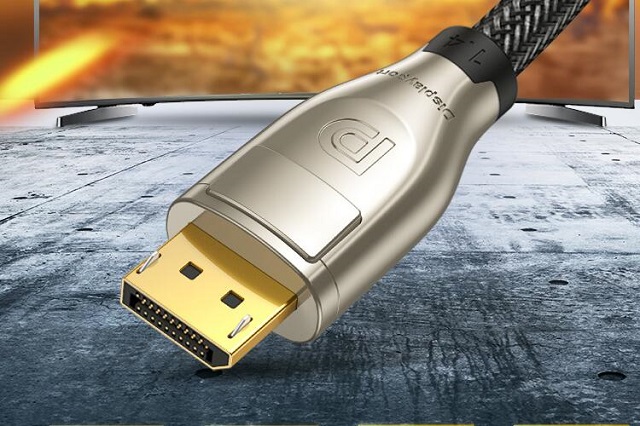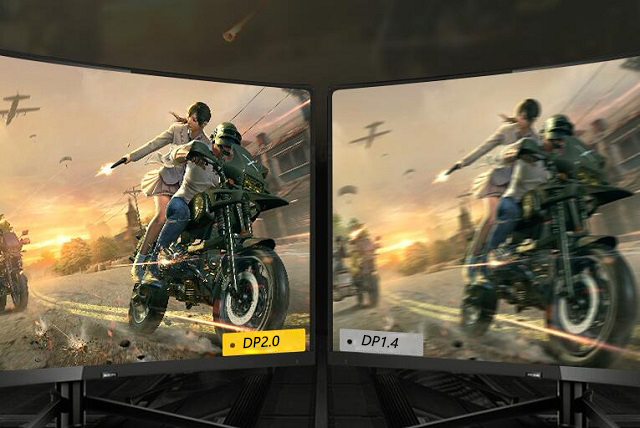Understand the standard differences between DP2.0 and DP1.4
 Dec 12, 2022|
Dec 12, 2022| View:453
View:453DP2.0 is coming. Recently, the Video Electronics Standards Association announced that DP2.0 monitors and supporting chips will come in the second half of this year.
As the fastest video and audio data exchange protocol at present, DP2.0 has a 16k super resolution and 80 Gbps bandwidth capability, which is a qualitative leap over
the previous generation DP1.4. What interface standard is DP2.0, and what are the differences between DP2.0 and DP1.4? Next, Mundou will make a DP2.0 science popularization for you.
DP2.0 Introduction
The full name of DP2.0 is DisplayPort2.0, which was released in 2019 by the management VESA Video Electronic Standards Association. DP2.0 is a digital audio and
video data exchange protocol, mainly used for the connection of video sources and displays and other devices, and also supports the carrying of audio, USB and other forms of data.
DP2.0 interface appearance
Thanks to USB-IF support, the DP Alt mode can be seamlessly connected with the USB4 specification. Therefore, the DP2.0 interface can be DP and USB Type-C, which means
that the DP2.0 interface can have the same appearance as our common Type-C interface and Thunderbolt 3 interface. In order to distinguish from the ordinary Type-C interface, DP2.0
will add DP identification at the interface, just like the lightning identification next to the lightning 3 interface, users can more intuitively identify the DP2.0 interface.
Note that the DP2.0 interface has the same appearance as Type-C interface and Thunderbolt 3 interface, but their protocols and functions are different. As for the interface differences
between DP2.0, Type-C and Thunderbolt 3, we will introduce them in detail in the next chapter.
DP2.0 interface protocol
The DP2.0 protocol supports up to 16K (15360 * 8460) super resolution and 80 Gbps raw bandwidth, 2.5 times the DP1.4 bandwidth; At the same time, DP2.0 uses the latest coding protocol.
The bandwidth utilization of the new standard is up to 97%, and the peak effective bandwidth is 77.4 Gbps, about three times the effective bandwidth of DP1.4.
Differences between DP2.0 and DP1.4
The differences between DP2.0 and 1.4 are basically mentioned above, mainly the differences between physical interfaces and bandwidth capabilities.

Physical interface: DP2.0 has two physical shapes, DisplayPort and USB Type-C. DP1.4 is still a traditional DisplayPort interface (as shown in the figure above).
Bandwidth capability: DP2.0 bandwidth is 80Gbps, supporting 16K@60Hz 、 8K@120Hz and 4K@144Hz ; The bandwidth of DP1.4 is 32.4Gbps, which supports 8K@30Hz and 4K@120Hz 。

DP2.0 Applications
The powerful bandwidth capability of DP2.0 allows it to meet the 8k HD resolution without any compression, and even in a short distance use environment, it can meet the requirements
of a single display device with 16K ultra-high resolution and three display devices at the same time 10K@60Hz HDR HD display mode provides a basis for high fidelity display of game animation.







